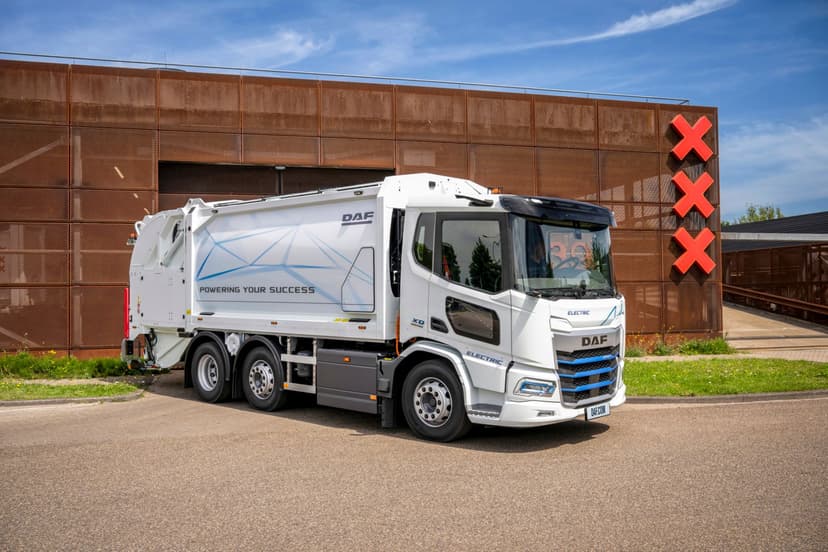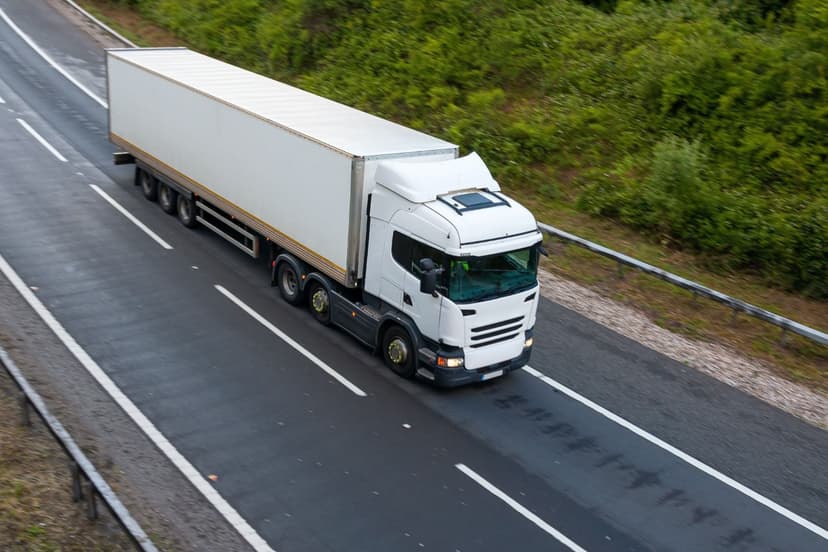Scania’s new powertrain platform, based on the Super truck engine, comes in internal combustion and plug‑in hybrid configurations for buses and coaches to meet varying needs and requirements, enabling significantly reduced fuel consumption and zero‑emission zone compliance for long‑distance operators.
In a time of political and technological change, when carbon emission regulations and varying local sustainability laws are creating uncertainty for bus and coach operators, Scania is responding with the launch of two new powertrains.
The new Scania Super combustion powertrain, which is already giving the company’s trucks the benefits of its award‑winning fuel consumption, is Scania’s most efficient, cost‑effective, and long‑lasting yet.
The plug‑in hybrid electric (PHEV) variant is an excellent alternative for customers who are aiming for exceptional cost and carbon emission reductions, outstanding operational flexibility to meet zero‑emission zone requirements, and the provision of a premium customer experience in their long‑distance operations.
The new powertrain platform, with the two distinct alternatives in the ICE and PHEV solutions, allows long‑distance operators to find a solution that is perfectly fitted to their particular challenges and prerequisites.
Scania Super: 8% fuel and emission savings with extended lifespan
For a large portion of long‑distance routes around the world, conventional buses and coaches remain the most suitable, or even the only, feasible choice. The Scania Super powertrain caters to those needs, representing the very latest in combustion technology.
There are several highlights here but one stands out: the exceptional fuel savings of up to 8% compared with the equivalent current powertrain, which itself is already industry‑leading. This greatly reduces the total cost of operation while also significantly cutting CO₂ emissions.
These cost and carbon savings are enabled by:
- A new 13‑litre engine
- A new version of the Scania Opticruise gearbox
- A brand‑new aftertreatment system
The powertrain is also prepared for the Euro 7 emissions legislation.
The new engine is designed with the aim of lasting two million kilometres, a massive increase from its already durable predecessor. Uptime is boosted because all engine filters are positioned on the ‘cold’, non‑turbo side of the engine, allowing for better service access and faster filter replacements.

Transport sustainability is not only about CO₂ emissions; it’s also about safer roads. Scania’s new powertrain features auxiliary brakes for safer vehicle handling, with the option to add Scania’s suite of driver safety systems.
The plug‑in hybrid: exceptional efficiency and up to 80 km electric range
The plug‑in hybrid electric option (PHEV) is a versatile solution primarily designed to meet the demands of long‑distance operations, enabling zero‑emission zone compliance, drastically lowering fuel consumption and emissions, and increasing driver and passenger comfort.
Key features:
- Integrated e‑machine and six‑speed powershift gearbox
- Four drive modes: electric, hybrid, charge sustain, and forced charging
- Up to 80 km electric range on a single charge
- 290 kW electric power output
This makes it possible to enter large zero‑emission zones without compromising total range. Operators can use Scania Zone geofencing to automate switching to electric mode in pre‑defined areas.
The result is:
- Fuel and emission savings of up to 40% in typical mixed coach traffic
- Flexibility and versatility to meet current and future operational requirements
Different solutions for different needs
“Our new combustion and plug‑in hybrid powertrains are shining examples of Scania’s twin commitment to sustainability and profitability for bus and coach customers,”
says Carl‑Johan Lööf, Head of Product Management for People Transport Solutions at Scania.
“With these new powertrains, we will be able to provide long‑distance bus and coach operators with incredibly competitive solutions, regardless of their specific needs or which particular challenges they face, meeting both their current and future business needs.”







